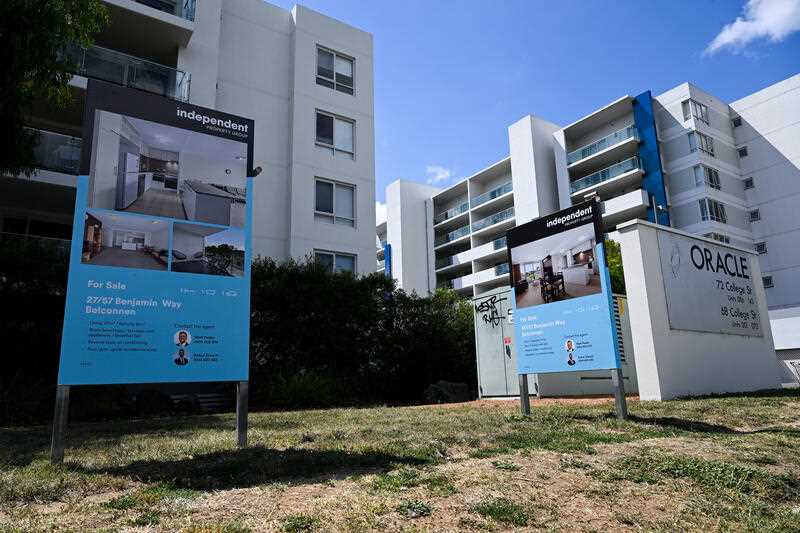Consumer prices have softened by more than expected, falling to 4.9 per cent in the 12 months to July.
In June, the Australian Bureau of Statistics‘ monthly consumer price index grew 5.4 per cent.
Markets were anticipating a 5.2 per cent annual lift in inflation through to July, with the rate of inflation continuing to pull back from its peak of 8.4 per cent in December.
ABS head of prices statistics Michelle Marquardt said the fall was more modest when volatile price changes in automotive fuel, fruit and vegetables, and holiday travel were stripped out.
“When excluding these volatile items, the decline in annual inflation is more modest at 5.8 per cent in July, compared to 6.1 per cent in June,” Ms Marquardt said.
Housing was among the biggest contributors to the annual increase in July, growing 7.3 per cent, but was down a touch from 7.4 per cent in June.
Within the housing category, new dwelling prices continued to moderate in line with easing building material prices, lifting 5.9 per cent annually compared to 6.6 per cent in the month before.
But rents moved in the opposite direction to reflect a highly competitive market, lifting 7.6 per cent annually in July, up from 7.3 per cent in June.
Electricity prices picked up 15.7 per cent in the 12 months to July in line with price reviews across all capital cities, but Ms Marquardt said the federal government’s energy bill relief took some of the sting out of the increases.
“If we exclude the impact of rebates from the July 2023 figures, electricity prices would have recorded a monthly increase of 19.2 per cent,” Ms Marquardt said.
Food and non-alcoholic beverages moderated further, growing 5.6 per cent in the 12 months to July and down from seven per cent in June.
“Food inflation continues to ease across most categories, while fruit and vegetable prices fell 5.4 per cent compared to 12 months ago due to favourable growing conditions leading to increased supply,” Ms Marquardt said.
Automotive fuels also helped to offset the annual rise in inflation, falling 7.6 per cent.
The monthly index is considered more volatile than the quarterly version and is less comprehensive, with some price data only available quarterly.
Price pressures may be easing but inflation is still much higher than the Reserve Bank’s two to three per cent target range.
The central bank has been jacking up interest rates in response to high inflation but has left the cash rate on hold for two consecutive months, fuelling speculation the tightening cycle is over.
But the RBA has kept further increases on the table and will be alert to any signs of persistent inflationary pressures that may suggest there’s more work to be done.
New data from the construction sector was also released by the bureau on Wednesday, revealing a 0.4 per cent increase in total completed construction work.
The total number of dwellings approved fell 8.1 per cent in July.
By Poppy Johnston in Canberra



